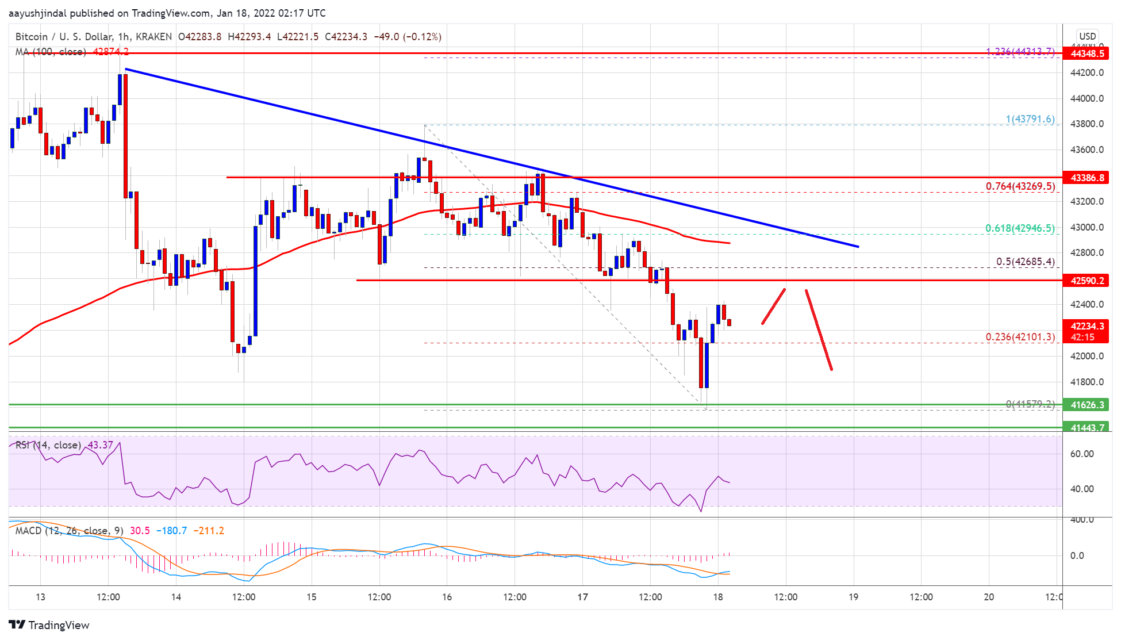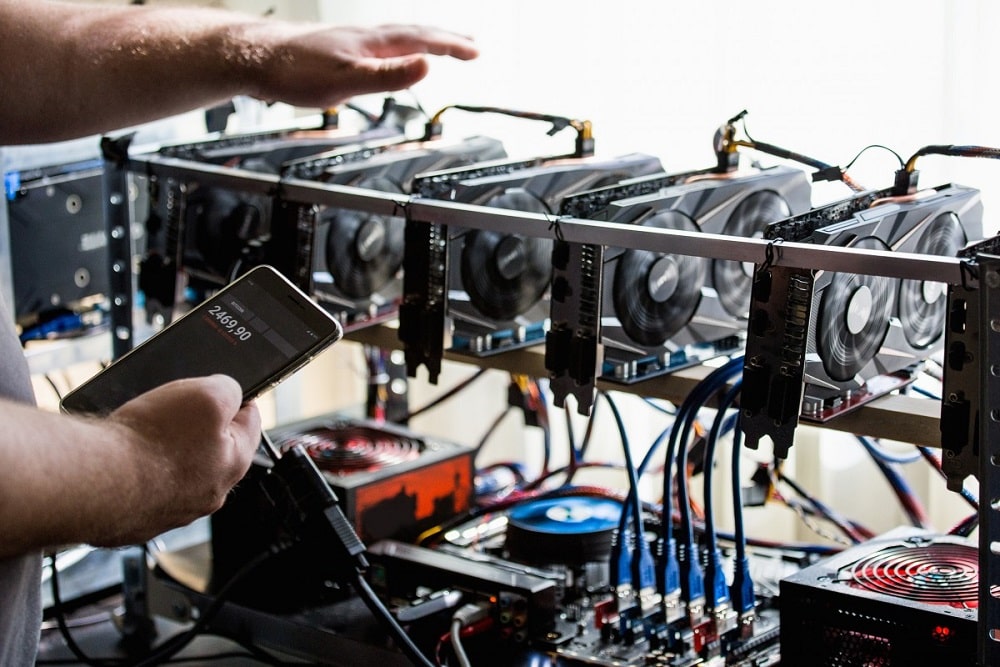The Key Facts:
- 100 Bitcoins cost only $100 in 2011
- Now the same amount of bitcoins is equivalent to $4.2 million
- It is still possible to yield from Bitcoin
The first Bitcoin appeared more than ten years ago. Satoshi Nakamoto, the anonymous Bitcoin inventor, created it as an intermediary for daily transactions and a way to bypass traditional banking infrastructure after the 2008 financial crisis.
It’s hard to imagine, but Bitcoin cost nothing when introduced in 2009. At that time, numerous people did not believe in the success of digital assets and did not consider Bitcoin a mainstream currency or a profitable investment. However, in 2011, Bitcoin achieved a significant result when it caught up with the U.S. dollar. 2013 witnessed more substantial gains in price. Bitcoin began the year trading at $13.28 and reached $230 on April 8. As for today, one Bitcoin costs around $42k, and if ten years ago you were lucky to purchase one hundred Bitcoins at $100, now your fortune is estimated at an unbelievable $4.2 million.
How Bitcoin Squelched the Critics

When Bitcoin first appeared, the concept of using computer powers to mine cryptocurrency seemed weird and unattainable. But in practice, it was all pretty similar to the industrial methods of unearthing precious metals.
Just like silver or gold, Bitcoin has a limited supply. The more Bitcoins are mined, the less cost-effective it is to get new ones. Previously, Bitcoin could be mined with powerful graphic processing units (GPUs) for a PC. However, today, Bitcoin can’t be effectively obtained with standard PC equipment due to the resources needed to get even a single coin. Instead, miners use specific devices named ASICs (application-specific integrated circuits) if they want to obtain a significant supply of the cryptocurrency.
Indeed, when it comes to Bitcoin, people apply the same economic approach as for precious metals: miners can only make a profit if the costs of the equipment and work don’t exceed the asset’s market cost.
Besides, Bitcoin’s algorithm restricts its lifetime production to 21 million units. And some brightest minds have already estimated that the last Bitcoin will be gained by 2140.
As more people have become intrigued by cryptocurrency concepts, they started to value Bitcoin no less than gold and other precious metals. Additionally, the anonymity and security of Bitcoin transactions, enabled by blockchain technology, made it an excellent alternative to fiat currencies for money transactions and even a powerful shield against inflation.
What to Expect in the Future

After Bitcoin succeeded in attaining parity with the U.S. dollar, numerous investors, financial institutions, vendors, and even governments joined a growing movement supporting cryptocurrency.
As a result, multiple new pure Bitcoin players entered the market, cryptocurrency exchanges skyrocketed, and the first Bitcoin exchange-traded funds hit the financial industry.
Subsequently, Bitcoin experts induced even more enthusiasm from mainstream investors resulting in a growing number of various businesses accepting Bitcoin as a payment method. Interestingly, El Salvador became the first country to officially accept Bitcoin as a legal tender last year.
ARK Invest’s experts suppose that Bitcoin’s price may easily hit $500k by 2026, making the initial $100 investment cost around $50 million. They also think that Bitcoin can attain that unimaginable price if all corresponding investors assign just 5% of their assets to the cryptocurrency.
A Fly in the Ointment

Bitcoin’s future might seem serene, but there are still numerous hurdles to overwhelm. The first obstacle lies in numerous bans, restrictions, and taxes for Bitcoin and other digital assets introduced by government regulators.
Another critical aspect that even caused Elon Musk to turn against the cryptocurrency is the environmental impacts and the cost of resources to mine Bitcoin. The Dutch economist Alex de Vries assumes that miners (if Bitcoin’s price hits $500k) will produce more than 600 million metric tons of carbon dioxide every year, exceeding the CO2 output of countries like Brazil and the United Kingdom.
Meanwhile, the changeability of Bitcoin can impede it from being used for everyday operations. If fewer businesses adopt Bitcoin as a payment method, it can suffer a setback as a currency and proceed to be used as a risky asset.
Is It Still Profitable to Invest in Bitcoin?

Indeed, it is hard to say as the situation can change in several years if Bitcoin’s price stabilizes and the regulators ease the tension.
Investors may have a supply of Bitcoin, but it should only occupy a small percentage of their portfolios. In this case, it will still be possible to make a profit if Bitcoin’s price booms, but without any tangible damage if the bubble pops.
Which Factors Influence Current Bitcoin Price?

Like other digital assets, currencies, or products within a country or economy, Bitcoin prices largely depend on perceived value and demand. If people assume that Bitcoin is worth buying, they will pay for it, especially if they believe it will gain more value.
Bitcoins are created by mining equipment at a specified rate. This rate halves every four years, slowing down the overall mining process. Following the balance between supply and demand, Bitcoin’s price should continue to rise as its supply may not be able to meet its demand if it continues to grow in popularity. However, if popularity drops and the demand falls, then the supply will exceed the demand, and Bitcoin’s price should decline unless it maintains its value for other reasons.
Another factor that affects Bitcoin’s price in line with supply and demand is that Bitcoin has become an instrument that investors and financial establishments use to store value and generate returns. However, speculation, investment product hype, irrational energy around cryptocurrency, or investors’ doubts and fear can also be expected to impact Bitcoin’s price because demand will rise and fall accordingly.
Other cryptocurrencies may also affect Bitcoin’s price. If consumers and investors believe that other cryptocurrencies happen to be more valuable than Bitcoin, its demand will drop, and vice versa – should the demand rise, the prices change oppositely. For now, there are several types of them, and their number continues to grow.
How Much Time You Need to Mine a Single Bitcoin

The grade of difficulty varies. Mining depends on the power of software, hardware, and the availability of energy resources. Actually, it takes around 10 minutes to mine just one Bitcoin with ideal equipment, which isn’t always affordable, and only a few users can boast its luxury. Most users mine a Bitcoin in 30 days.
Should You Invest Your Savings in Bitcoin Right Now?

Over the last decade, collective insanity around Bitcoin made this digital asset a plum for investors and regular cryptocurrency enthusiasts. The thrill of riches and the chance for massive profits continues to tease those who seek the ways to invest their last $1000.
Nevertheless, with so many options available, is Bitcoin still a good investment in 2022? It can be, so long as you do your research and invest wisely.






